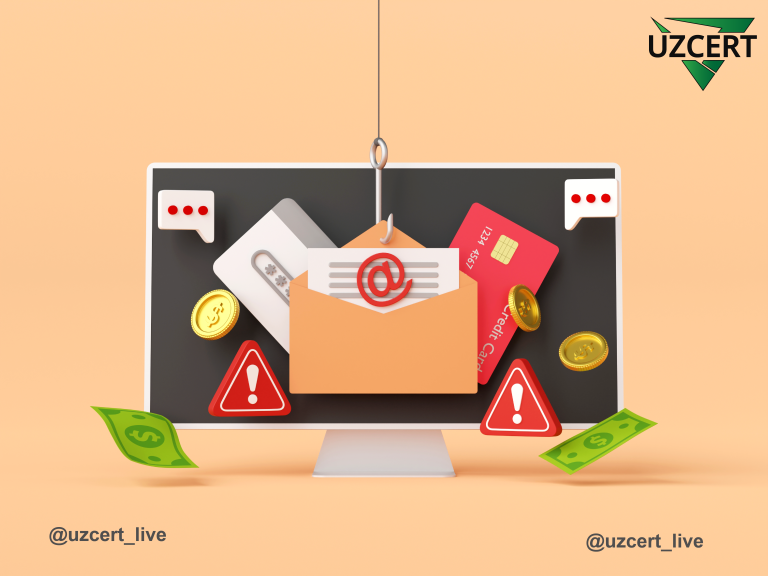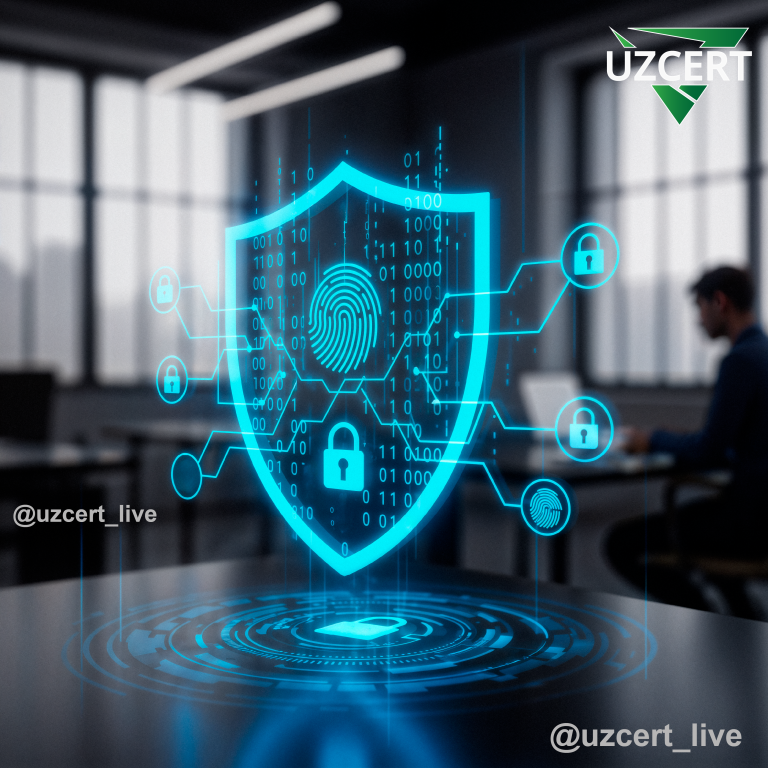
Comprehensive Protection Against Ransomware Attacks (2025 Guide)
Today, one of the most serious threats to businesses is ransomware, a type of malicious software that encrypts files. These attacks can disrupt the entire operation of an organization in a short amount of time and cause significant financial damage.
In recent years, major companies such as CNA Financial, JBS Foods, and Colonial Pipeline have also fallen victim to ransomware attacks. As a result, there have been disruptions in insurance payments, food supply delays, and even fuel supply interruptions. Unfortunately, these incidents have proven that this method is financially beneficial for cybercriminals, as organizations are often forced to pay millions of dollars to retrieve their data.
However, paying the ransom does not guarantee that the data will be returned. On the contrary, the organization may be at risk of another attack. Therefore, the best course of action is to prevent ransomware attacks in advance and establish a robust defense system.
What is Ransomware?
Ransomware is a type of malicious software that encrypts files on a computer or network, denying the user or organization access to them. Cybercriminals demand payment in exchange for providing the decryption key.
Often, the hardest decision for organizations is whether to pay the ransom or not. However, paying the ransom does not guarantee the issue will be resolved, and it may only encourage the criminals further.
Ransomware has caused significant damage to large healthcare institutions, local governments, and commercial organizations. Therefore, the primary focus should be on preventing such attacks.
Key Types of Ransomware Used by Cybercriminals
In today’s digital era, ransomware has become one of the most convenient and profitable attack methods for cybercriminals. These malicious programs appear in various forms, each with its own specific threat method. Below is detailed information about the most common types of ransomware and how they work:
1. Encrypting Ransomware
This is the most common and dangerous type of ransomware.
How it works:
- It encrypts important files on a computer or network using strong cryptographic algorithms.
- The only way to unlock the encrypted files is to obtain the decryption key from the attackers.
- The attackers demand payment (usually in cryptocurrency) to provide the decryption key.
Important note: Even if the ransom is paid, there is no guarantee that the attackers will send the key.
Examples: REvil, LockBit, and other large groups have used this method.
2. Locker Ransomware
This type does not encrypt files but blocks the entire device.
How it works:
- When the device is turned on, only a block screen appears.
- This screen typically contains fake warnings with an official-like appearance, such as: “Illegal content detected,” “Tax evasion,” or “Pornographic material found.”
- The “documented” threats aim to scare the user into paying.
Most affected: Regular users and small business owners.
3. Scareware
This type is more psychologically based. Although the technical attack is simpler, it is still effective.
How it works:
- Scary messages appear on the screen, such as “A virus has been detected on your computer,” or “System failure is imminent.”
- These messages appear in the form of “antivirus” or “system cleaning programs” that ask the user to pay money.
Target audience: Primarily regular users, though it can cause confusion in larger organizations as well.
4. Mobile Ransomware
Mobile devices (smartphones, tablets) are also vulnerable to this threat.
How it works:
- The device either gets completely locked or its files get encrypted.
- This usually happens after downloading a malicious app, clicking on an uncertain link, or through phishing SMS.
Common targets: Android devices, outdated operating systems.
5. Ransomware-as-a-Service (RaaS)
Ransomware is now also sold as a “software service,” which makes it even more dangerous.
How it works:
- Experienced developers create ransomware programs.
- Other criminals (usually inexperienced hackers) “rent” these programs and use them to launch attacks on users.
- The original developer receives a share of every payment made.
Groups that have used the RaaS model: Conti, DarkSide, and others.
Impact: This model has industrialized cybercrime.
6. DDoS Ransomware
A method in which payment is demanded through a DDoS (Distributed Denial of Service) attack.
How it works:
- A large volume of fake traffic is sent to the organization’s website or network, causing services to go down.
- Payment is demanded under the pretext of “covering the cost” to stop the attack.
Most targeted: Online service providers, banks, news portals.
7. Doxware (Leakware, Extortionware)
This not only encrypts files but also threatens to leak them to the public.
How it works:
- The attacker copies sensitive files (financial documents, personal communications, customer databases) from the device.
- Then, they threaten to make these files public with a message like: “If you don’t pay, I will release these to the internet.”
Important note: This method is widely used in the “double extortion” strategy.
Most affected: Law firms, medical institutions, government agencies.
Most Active and Dangerous Ransomware Groups until 2024
REvil (Sodinokibi)
- Hundreds of thousands of victims, billions of dollars lost
- Founded: 2019, considered the successor of the GandCrab group.
- Tactics:
- Encrypts files using strong algorithms.
- Increases pressure by stealing data and threatening to release it publicly.
- Famous attacks:
- Kaseya VSA incident (2021): 1500+ companies affected.
- Attack method: Often through supply-chain attacks.
Conclusion: A very professional and financially profitable system. They even had a “customer service department”!
DarkSide
- Targeted critical infrastructure, including energy systems
- Founded: Around 2020, operated on the Ransomware-as-a-Service (RaaS) model.
- Tactics:
- Encrypts files and fully restricts access to them.
- Consistently targets major infrastructure sectors.
- Famous attacks:
- Colonial Pipeline (2021): Caused fuel shortages and disrupted the oil supply in the United States.
- Outcome: Gained global attention and had to temporarily halt operations.
Conclusion: DarkSide brought ransomware attacks to the political stage.
Conti
- A systematic, centralized, and dangerous group
- Founded: 2020, known as a group associated with TrickBot.
- Tactics:
- Encrypts files while deeply infiltrating the internal network of organizations.
- Creates double extortion pressure by stealing data.
- Famous attacks:
- Ireland’s Health Service Executive (HSE) – 2021.
- Educational institutions and government agencies across the US and Europe.
- Leaked internal documents in 2022: Group’s operations and employee chats were released online.
Conclusion: Conti is the “corporation” of the ransomware world. Their attack strategies are highly sophisticated.
Ryuk
- Distributed via botnet
- Founded: 2018.
- Tactics:
- Gains access to networks through malicious programs like TrickBot and Emotet.
- Targets high-profile victims — specifically, carefully selected individuals.
- Famous attacks:
- Large-scale attacks on healthcare systems (especially in the US).
- Disrupting corporate networks.
- Payment ranges from $300,000–$1 million.
Conclusion: Ryuk operates like a sniper, targeting its “chosen victims.”
Maze
- Pioneer of the “double extortion” strategy
- Founded: 2019.
- Tactics:
- Encrypts data + threatens to leak it to the public — the first to popularize this method.
- Tailored approach for each attack.
- Famous attacks:
- Canon, LG, Xerox, and other large companies.
- End of activity: Officially “retired” in 2020, but its strategy continued through other groups.
Conclusion: Maze marked the beginning of a new era in ransomware history.
Why Do These Groups Constantly Change?
- After being identified, groups change their names (e.g., DarkSide → BlackMatter).
- In response to new government measures, they either cease operations or move to another country.
- When the “brand” name attracts too much pressure, they start operating under a new name.
- New ransomware groups often reuse the code from previous groups.
Important Measures to Prevent Ransomware Attacks
Ransomware is a serious threat. To prevent it, the following practical measures must be implemented:
- Keep Software Up to Date Any outdated software or operating system is a potential vulnerability. 🔁 Enable automatic updates and, especially, install security patches without delay.
- Conduct Regular Security Training for Employees Ransomware often spreads through phishing (fake emails). 🎓 Employees should be trained to:
- Identify fraudulent links,
- Avoid opening suspicious files,
- Never share personal information.
- Use Strong Passwords and Multi-Factor Authentication (MFA) Passwords should be at least:
- 12 characters long,
- Include letters, numbers, and special characters. 🛡️ Multi-Factor Authentication (MFA) adds an extra layer of protection when accessing systems.
- Regularly Back Up Data 📦 Important files should be stored separately and have at least:
- An offline copy (not connected to the internet),
- A cloud copy (in a cloud system). Backup systems should be regularly tested, and restoration options should be available when needed.
- Use Trusted Antivirus and Endpoint Protection Systems 🔍 Antivirus software helps detect and remove ransomware, spyware, and other malicious programs. Endpoint security protects each device individually.
- Implement Network Segmentation 🧱 By dividing the network into segments, a breach in one part will not spread throughout the entire system. This is especially effective for large organizations.
- Restrict User Rights (Least Privilege) Each user should only have access to the systems, data, and applications necessary for their work. 👤 This not only improves security but also prevents internal errors.
- Conduct Security Audits and Penetration Tests (Pen-Tests) 🔧 Regularly check your system through independent experts or internal teams. Penetration tests help identify vulnerabilities and improve protective measures.
- Incident Response Plan 📘 In the event of an attack:
- Who does what?
- How is the communication chain managed?
- How will the system be restored?
Ransomware attacks not only harm the organization but also its clients, partners, and the entire supply chain. Therefore, prevention is the most cost-effective and efficient measure.
If you want to protect your organization from ransomware attacks, you must continuously review and implement the preventive measures mentioned above.
Time and resources spent on security today are tomorrow’s biggest gains!



